Description
This is one of those coffees that feels good to buy and even better to drink. It comes from a region that many coffee lovers already adore: Huehuetenango, Guatemala. Specifically, it’s grown on small hillside plots in the highlands of the Cuchumatanes mountains near the town of Jacaltenango, by around 330 farming families from the Popti’, Mam, and Kanjobal indigenous groups. The cooperative behind this lot, Guaya’b, was founded in 1998 and proudly carries Organic and Fair Trade certifications.
But Guaya’b isn’t just about fair prices. They reinvest their premiums in genuinely impactful community projects like medical insurance, micro-loans for farmers, soil analysis labs, and women-run nurseries. They also run nutrition and business training programs for women, which have helped stabilize the local economy and reduce outward migration. All of this adds up to a powerful social impact while producing a beautifully clean and traceable cup of coffee.
The main harvest runs from December through April. Ripe cherries are depulped at the central wet mill, fermented for 36 to 48 hours, then density-sorted and sun-dried slowly to around 11% moisture. It’s a classic, fully washed process that results in a reliable, high-grown SHB EP lot clean, consistent, and perfect for specialty roasting.
Tasting Notes: This lot from El Guaya’b, Huehuetenango, shines best in the light to medium roast range. Initially, it offers a bright orange zest that quickly shifts into ripe red-fruit sweetness. Caramel notes add depth, giving the cup a smooth, medium-to-light body. A mild herbal hint contributes complexity without overpowering, and the finish is clean with lingering fruitiness. When roasted slightly darker, the caramel deepens into soft chocolate and malt like tones, while the citrus note remains lively enough for balance. With further roasting, the profile moves toward dark chocolate and nuttiness, complemented by subtle dried-fruit undertones.
Roasting Notes: The beans are dense and roast evenly. Opting for a shorter development time preserves a lighter body and brighter acidity; a medium roast allows caramel and chocolate notes to develop without bitterness. For lighter profiles, reduce heat immediately after first crack to preserve the orange and red-fruit notes. For darker styles, continue roasting slightly past second crack, maintaining clarity while deepening sugars. Allow the roasted beans to rest so the acidity mellows, caramel sweetness becomes more pronounced, and red-fruit notes fully emerge.
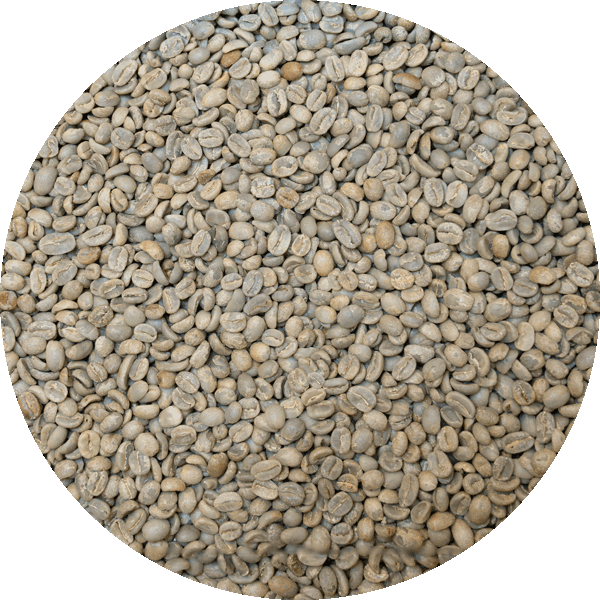
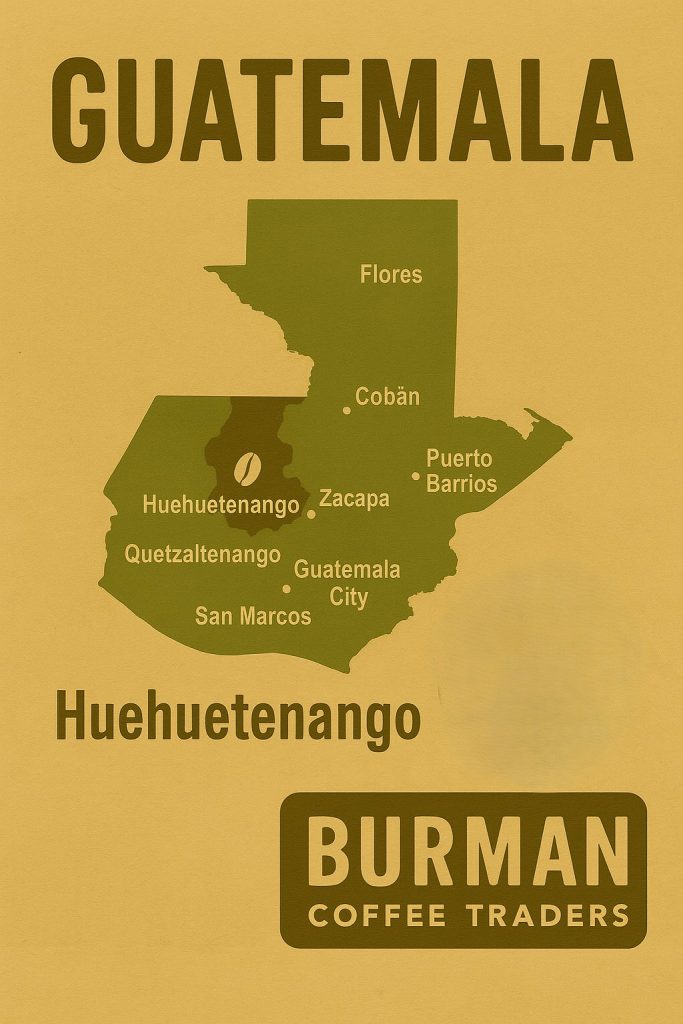
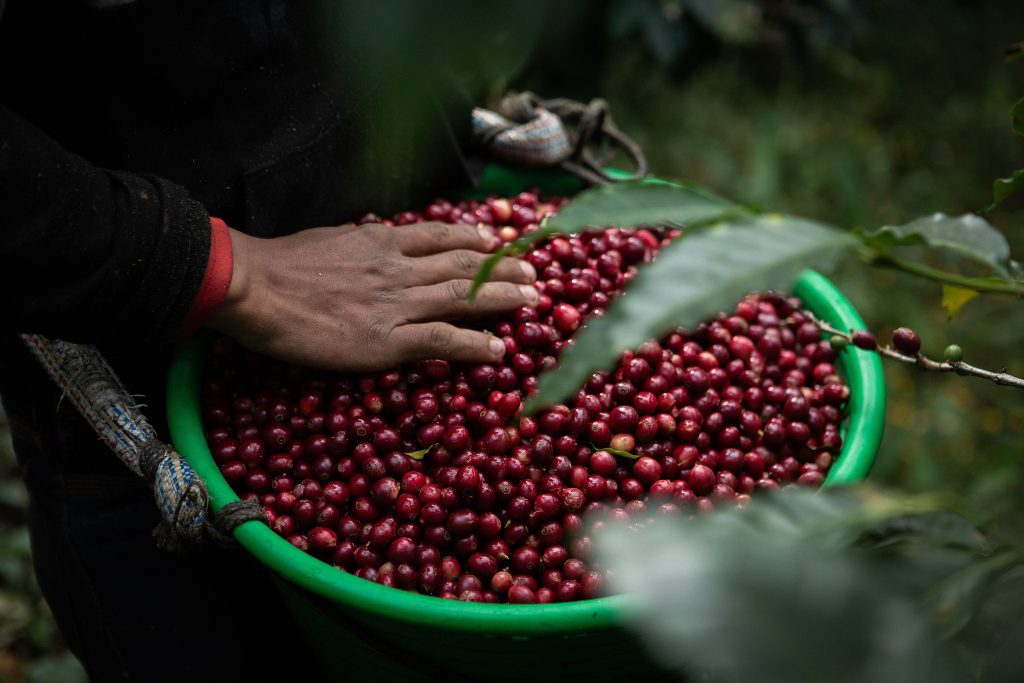
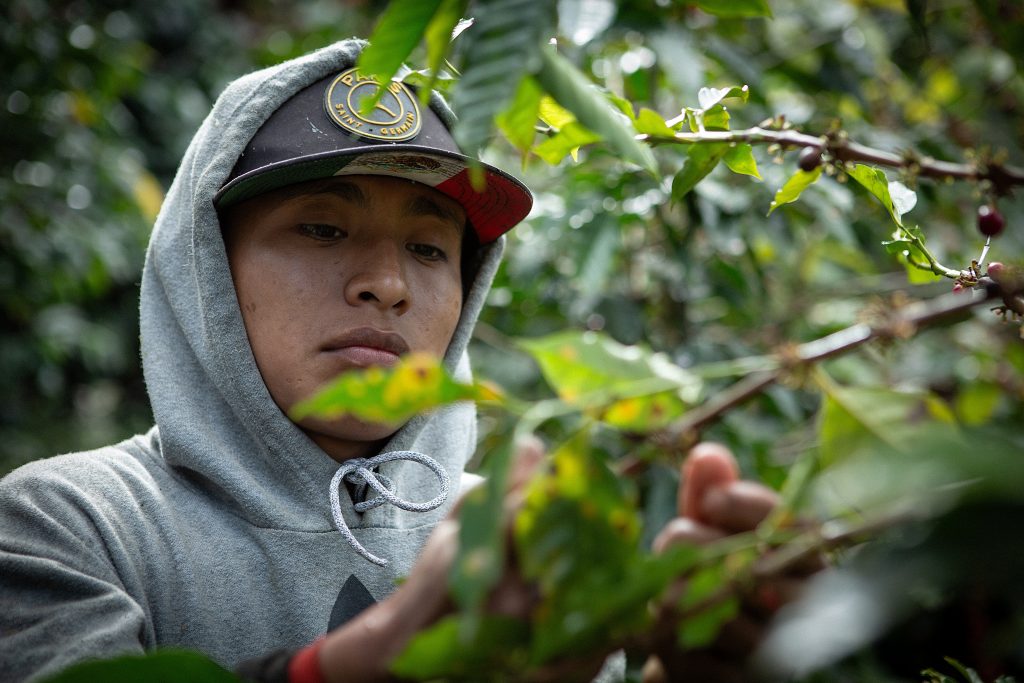
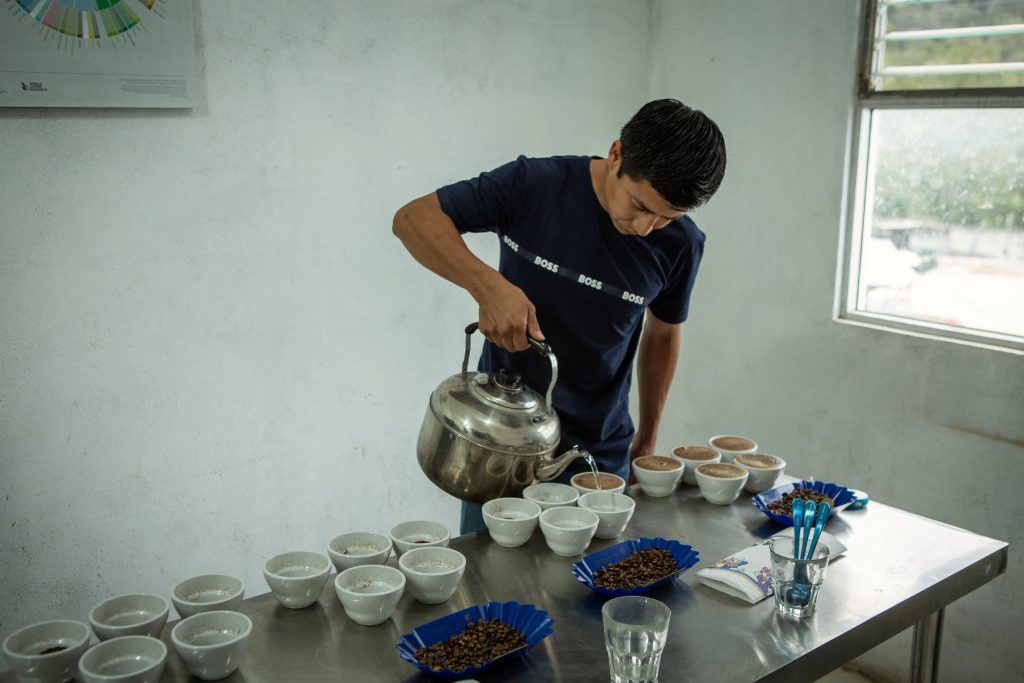
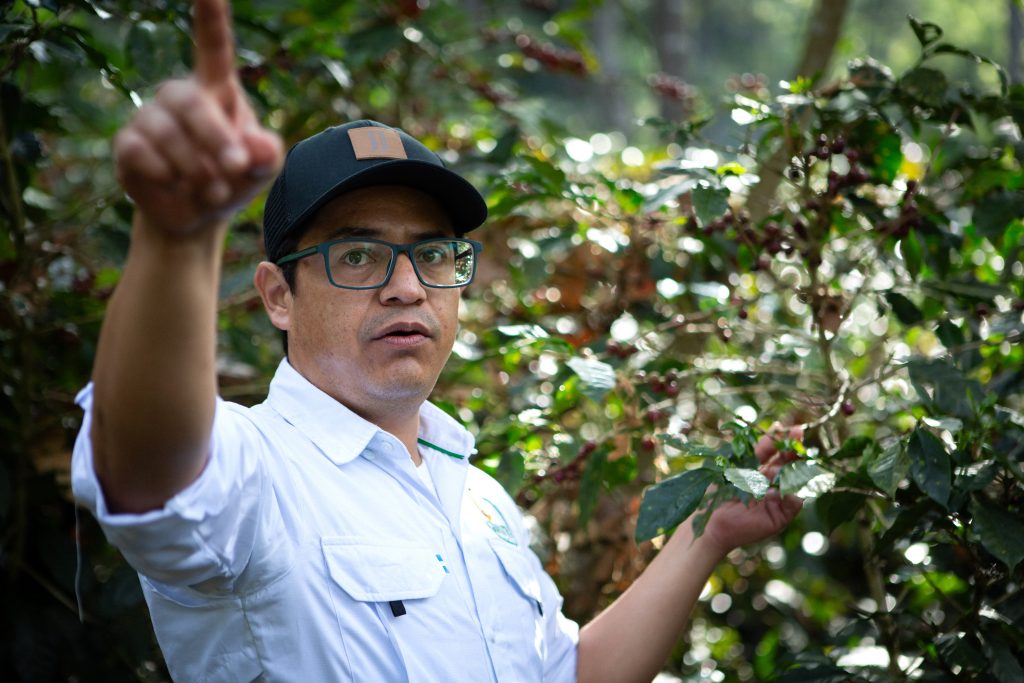
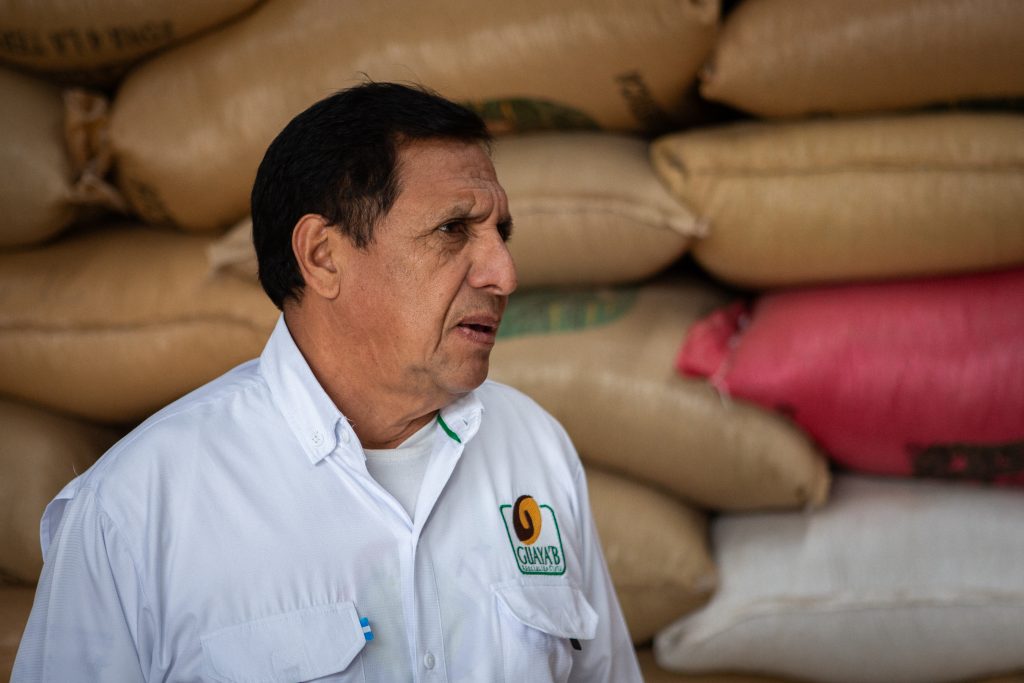
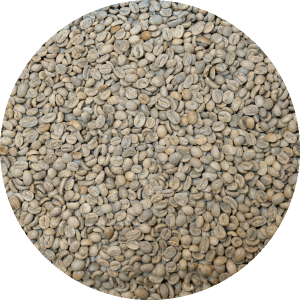
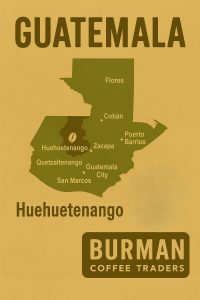
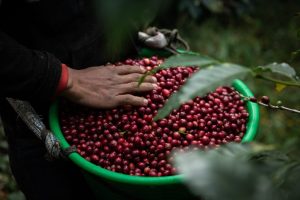
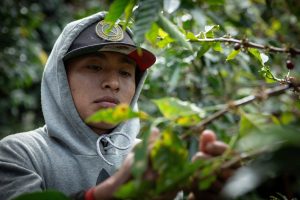
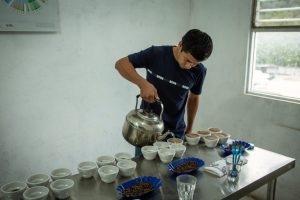
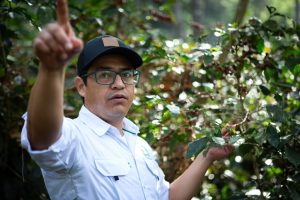
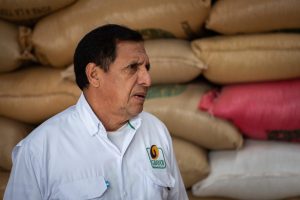

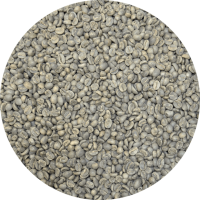

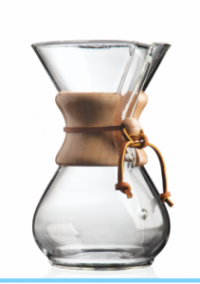
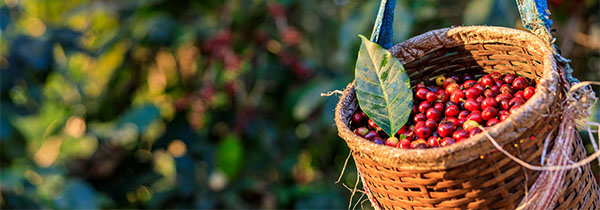
Reviews
There are no reviews yet.